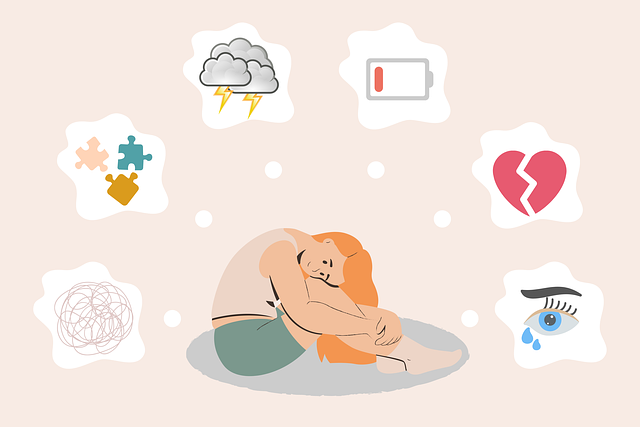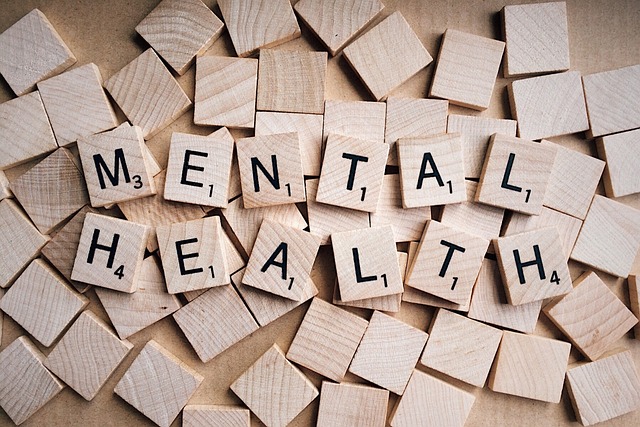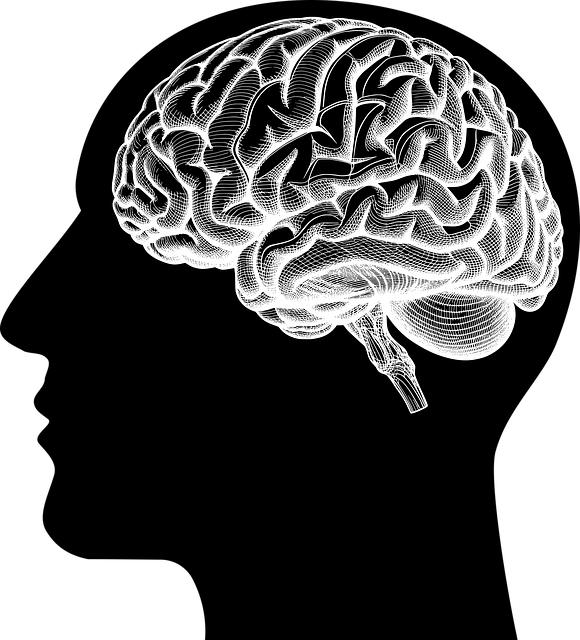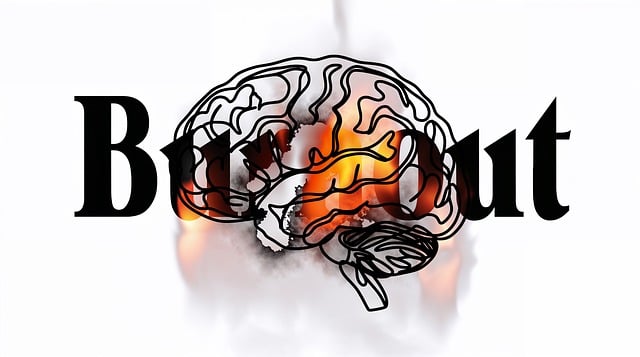Castle Rock blended families can improve relationships, communication, and mental health through positive thinking exercises in therapy. The structured Castle Rock Model combines cognitive and behavioral techniques, adapting to diverse cultural backgrounds with Trauma-Informed Care. Regular reflection, gratitude exercises, and reframing setbacks as growth opportunities empower individuals within this therapeutic framework, backed by risk assessments for safe management. Public awareness campaigns can further support these benefits, enhancing the overall well-being of Castle Rock blended families.
In today’s fast-paced world, fostering positive thinking within blended families is crucial. This article explores how implementing the Castle Rock Model can enhance well-being and strengthen family dynamics through therapy sessions. We delve into understanding the impact of positive thinking on these unique family structures and provide practical strategies to overcome challenges. By adopting the Castle Rock Model, parents and therapists can create a supportive environment, nurturing resilience and positivity in blended families.
- Understanding Positive Thinking and its Impact on Blended Families
- Implementing the Castle Rock Model: Strategies for Effective Exercise
- Overcoming Challenges: Tips for Sustaining Positive Thinking in Therapy Sessions
Understanding Positive Thinking and its Impact on Blended Families

Positive thinking exercises are transformative tools for Castle Rock blended families looking to strengthen their bonds and create a more harmonious home environment. Understanding the power of positivity, as outlined by Mind Over Matter principles, can significantly impact family dynamics. When practiced consistently, these exercises foster open communication, enhance self-esteem improvement, and promote resilience in the face of challenges, which are all vital aspects for navigating the complexities of blended families.
In a blended family setting, where individuals from diverse backgrounds and prior relationships come together, cultivating positive thinking can help mitigate potential conflicts and encourage emotional well-being. By focusing on gratitude, optimism, and constructive communication strategies, family members can build a supportive system that strengthens their connections. This, in turn, contributes to better mental health outcomes, as demonstrated in various risk assessments for mental health professionals.
Implementing the Castle Rock Model: Strategies for Effective Exercise

Implementing the Castle Rock Model offers a robust framework for practicing positive thinking exercises effectively. This model, tailored for blended families seeking therapy through Castle Rock Blended Families Therapy, emphasizes the power of Mind Over Matter principles. By integrating cognitive strategies and behavioral techniques, therapists can help individuals challenge negative thought patterns and replace them with constructive alternatives.
For optimal results, healthcare providers should undergo comprehensive Cultural Competency Training to tailor these exercises to diverse backgrounds and experiences. This includes understanding the impact of cultural beliefs on mental health and incorporating trauma-informed practices where necessary. Moreover, a thorough Risk Assessment for Mental Health Professionals is crucial to ensure safety and effectiveness in managing vulnerable clients. Regular reflection and adaptation based on progress are key to making this approach sustainable and impactful.
Overcoming Challenges: Tips for Sustaining Positive Thinking in Therapy Sessions

Overcoming challenges is an integral part of therapy, especially for blended families navigating complex dynamics. At Castle Rock Blended Families Therapy, we recognize that maintaining a positive mindset can be a powerful tool during these sessions. Here are some practical tips to foster a resilient and optimistic attitude:
Encourage clients to reframe setbacks as opportunities for growth. By changing their perspective, they can transform challenges into learning experiences. For instance, instead of viewing conflict as a roadblock, it can be seen as a chance to improve communication skills and deepen understanding between family members. This shift in thinking empowers individuals to develop coping skills that enhance their overall well-being. Additionally, regular practice of gratitude exercises during therapy sessions has proven effective in building inner strength and promoting positive thinking. Public awareness campaigns that highlight the benefits of such practices can further support blended families in their therapeutic journeys.
Positive thinking exercises, as exemplified by the Castle Rock Model, offer blended families a powerful tool to enhance well-being and strengthen relationships. By implementing these strategies in therapy sessions, professionals can help families navigate challenges, foster open communication, and cultivate a more optimistic outlook. The Castle Rock Model’s focus on practical application ensures that positive thinking becomes an integral part of daily life for blended families, leading to improved mental health and happier homes. Incorporating these exercises into therapy for Castle Rock Blended Families can significantly contribute to their success and happiness.














